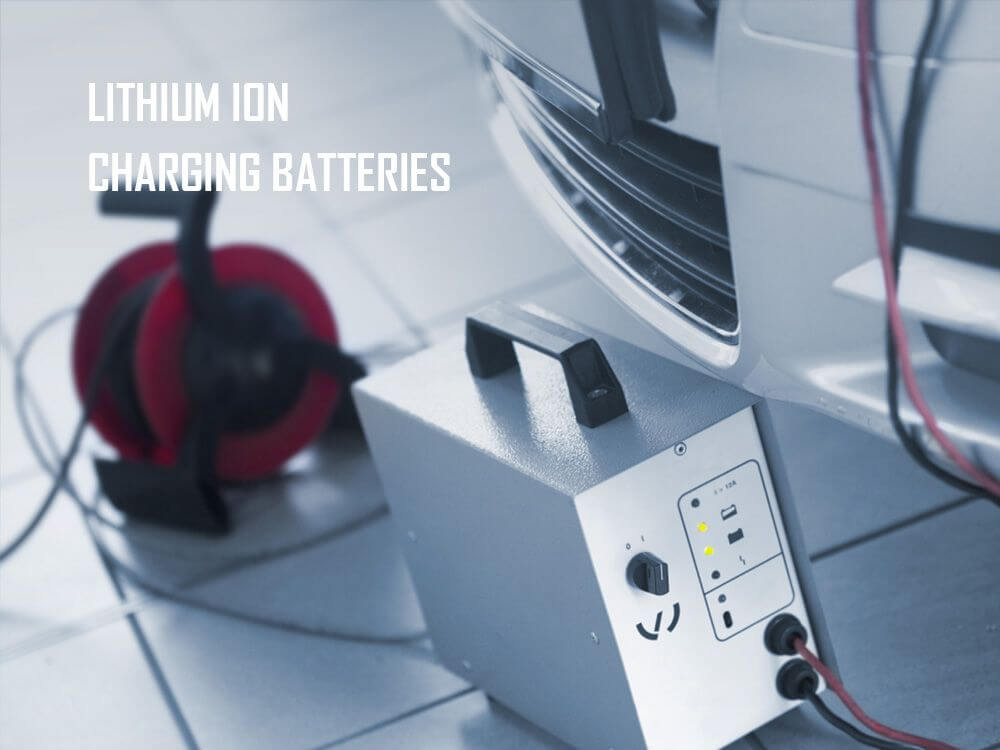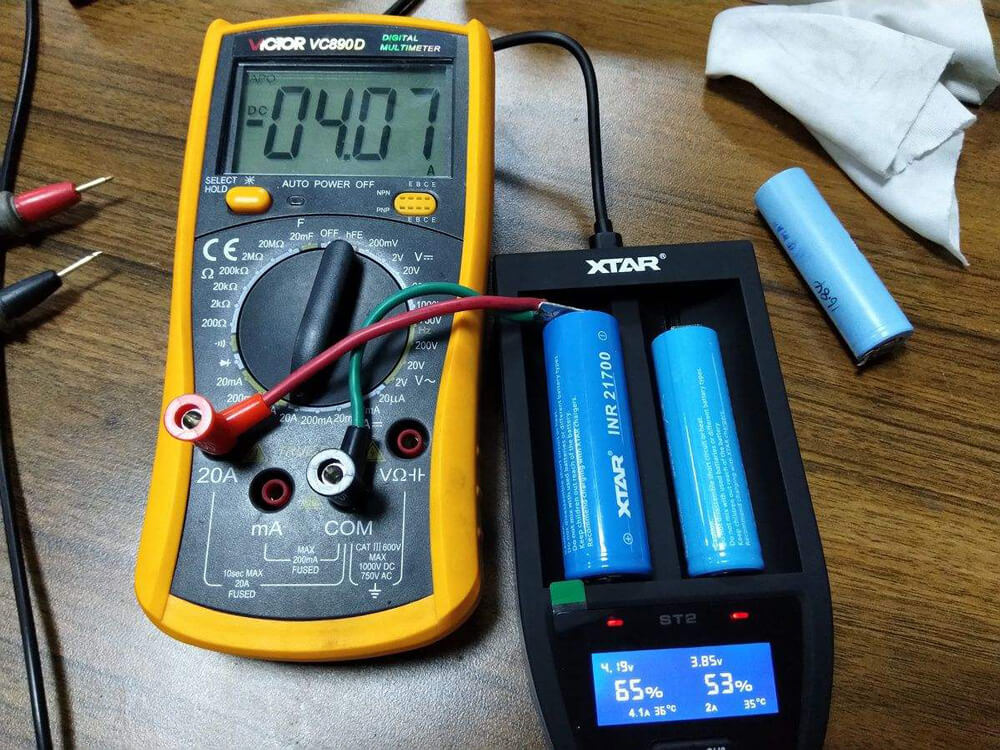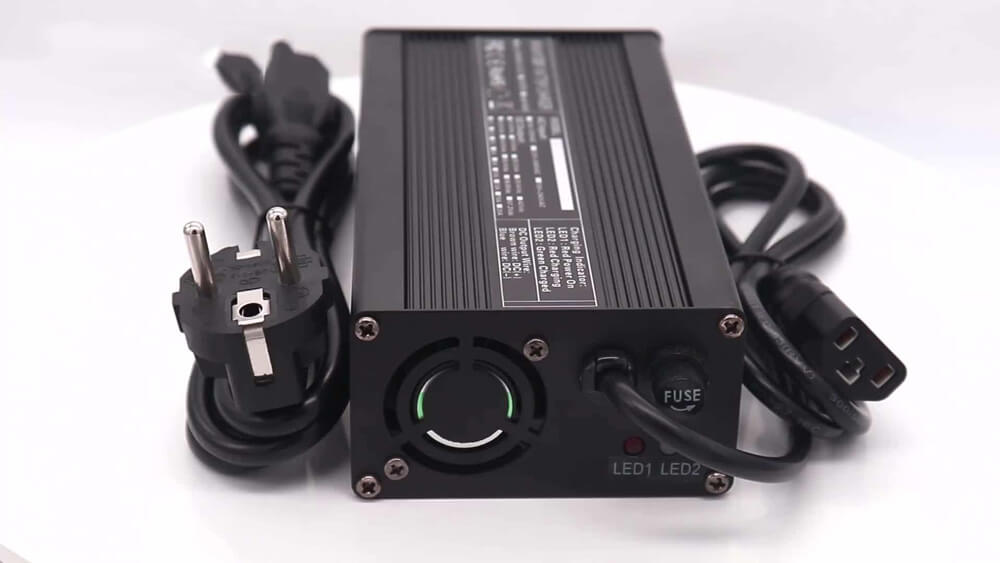Home » lithium ion battery knowledge » Lithium Ion Battery Charging: A FAQ to Answer All you need to Know
Lithium Ion Battery Charging: A FAQ to Answer All you need to Know
Lithium-ion batteries have become part of millions of people’s lives across the globe. From our hand gadgets to vehicles, that to say, our cell phones, laptops, remotes and what not many of our household items has a lithium-ion battery.
This technology has become a new norm as the latest invention like electric cars comes with it. It has become in demand and is growing in popularity due to its ability to recharge.To meet all the demands one has to say, the life of a battery is very precious and thus one is wondering how to keep battery life healthy.
Let’s have a look at the most frequently asked questions about Lithium Ion Battery Charging.
- What is the best way to charge a lithium-ion battery?
- Should you leave a Lithium-ion battery charging all the time?
- Can I charge a Lithium battery with a normal charger?
- Do Li-ion batteries need to be fully discharged before charging?
- How do you charge a Lithium-ion battery with a power supply?
- How long can a Lithium-ion battery last without discharging?
- Do Lithium batteries need a DC to DC charger?
- Conclusion
What is the best way for lithium ion battery charging?
To have the lithium-ion batteries outdo their performance and longer life cycles, one has to properly take care of the whole charging process. If the Lithium Ion Battery Charging is not properly taken care of, it can result in decreased performance, a shorter life cycle and its impaired battery operations can even destroy it.
The following points are to be taken into consideration during Lithium Ion Battery:
Charging current
The current supplied to Li-ion batteries for charging must have a limit. Generally, the most ideal value is 0.8 C, but even a lower value can extend the life of the battery. If you can, it’s better that you don’t use fast charging.
Charging temperature
Temperature should be monitored while charging Li-ion battery i.e. for optimum battery charging, it must not be charged at a temperature lower than 0°C or higher than 45°C.
Partial Charging
A Lithium-ion battery does not require 100% charging. It is advisable to partially charge it around 85%.
No Over-charging
Li-ion batteries should not be over-charged, as it put stress on the battery as well as compromises safety.
Partial Discharge
Discharge current should not exceed the set limit. To say, a fully discharged battery can be troublesome as it can easily lead to an explosion when you recharge it.
Should you leave a Lithium ion battery charging all the time?
To answer this question directly, it is not recommended to leave the Li-ion battery on charging all the time as to why many factors contribute to it. As we have discussed before, the Li-ion battery only needs a partial recharge.
Overcharging will only put stress on the battery leading to degradation of battery cells which decreases its life. On the other hand, it can also compromise safety after a certain time if the charging process isn’t stopped.
Can I charge a Lithium battery with a normal charger?
Lithium battery should be charged with a special charger. So , I would recommend using lithium chargers because they are specifically designed for Lithium batteries. As they can deliver the right amount of power needed without overcharging lithium battery.
Do Li-ion batteries need to be fully discharged before charging?
No, it isn’t suggested to fully discharge the Li-ion battery before charging. If you recharge a fully discharged battery, it can lead to short circuits in the battery leading to an explosion.
So, instead of compromising the safety and lessening the damage on the battery avoid fully discharging the battery. Partial discharge is recommended prior to Lithium Ion Battery Charging.
How do you charge a Lithium-ion battery with a power supply?
Lithium Ion Battery Charging can be done manually by using a power supply. There is a plus point in charging Lithium–ion battery with a power supply that you can set the current and voltage limits. But, one has to be careful as the charging process can never be left unattended because a power supply does not have an automatic charge termination process.
For Lithium-ion batteries, the full charge voltage per cell is 4.2V. So, you have to make sure that every cell that is connected in the series never exceeds this voltage. During the Lithium Ion Battery Charging process using a power supply, when the voltage inside each cell is 4.2 V and the current rate drops up to 3% then it is said to reach a full charge.
And the last most attentive thing is to make sure that the battery is never left unattended during the charging process. The battery must be removed immediately once it is fully charged. Over-sighting this may lead to a short circuit which can result in the explosion of the lithium-ion battery.
How long can a Lithium-ion battery last without discharging?
A battery also requires routine maintenance and care while using and handling it. Without charging, a Li-ion battery can last for more than 3 years. To make certain, they must be stored properly.
There are some conditions that need to be followed to store Li-ion batteries so that they don’t deteriorate over time i.e.
● Lithium Ion Battery Charging should be done partially up to 40% so that it does not lose its capacity (1% per year).
● You should make sure that the battery terminals are not in contact with any metals or other battery terminals.
● It should be stored in a dry place at around room temperature as too hot or too cold temperature can degrade its life.
Do Lithium batteries need a DC to DC charger?
DC to DC charger is not a compulsion for Lithium Ion Battery Charging. But for longer battery life, Lithium-ion batteries must have a proper charging cycle, that to say; a DC to DC battery charger can help you to achieve it.
To make your battery has the longest possible life; an optimized charging sequence is a must. A DC to DC battery charger has a smart built-in system, for instance it allows one to select the most optimized charging cycle according to one’s battery type.
Conclusion
Lithium-ion batteries have been a great achievement over the different batteries and are improving for better over time. Lithium-ion battery can have up to 2000-5000charge/discharge cycles. But to get that, the Lithium Ion Battery Charging process should be carefully monitored.
























